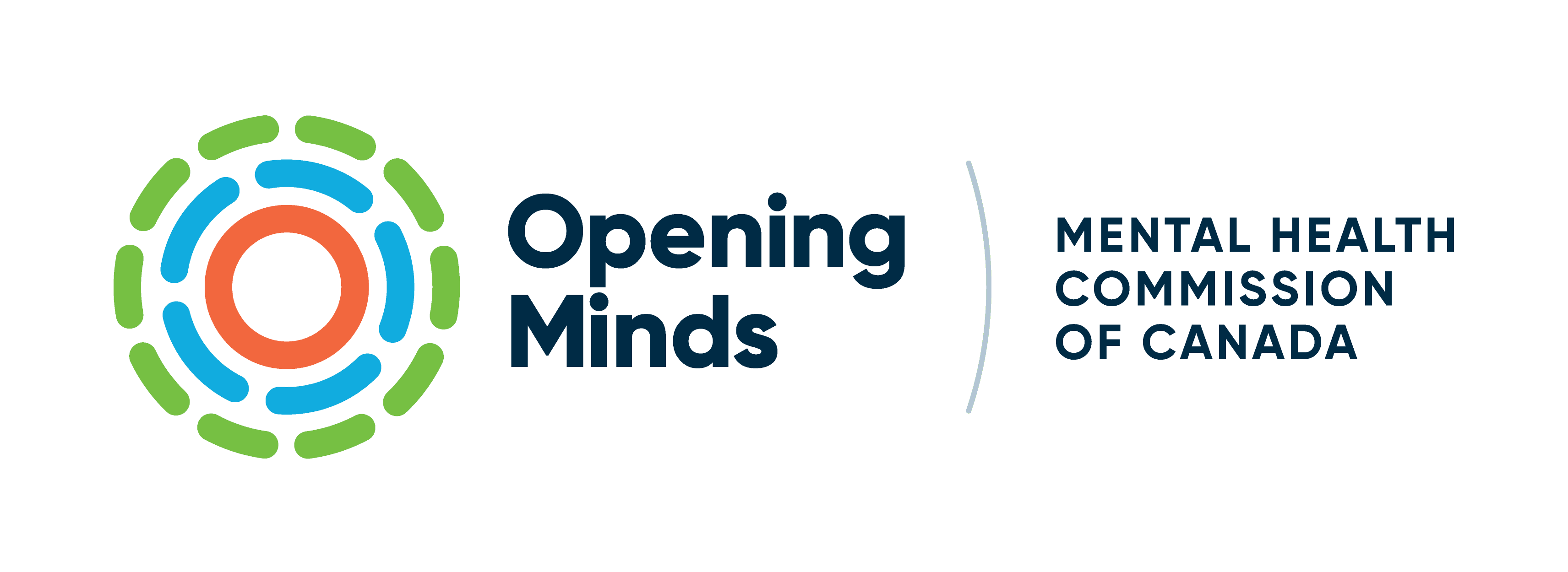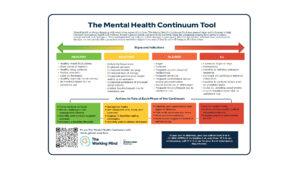Workers first turn to their managers when they need mental health support. If the manager listens and directs people to help, the entire team feels safer and works more productively.
Why managers matter
A big study found that a short, three-hour class for leaders made them more willing to talk about stress and doubled the number of staff who used mental-health services three months later.
Another Canadian survey showed that companies following the National Standard for Psychological Health and Safety in the Workplace saw better job satisfaction and lower turnover.
When managers put efforts into creating psychologically safe workplaces by assuring employees that it is okay to speak up, make mistakes, or ask for help, they build resilience, helping people bounce back from tough days.
Three simple habits that build trust
- Open-door time
Put two half-hour blocks on your calendar each week for drop-ins. Tell the team these times are just for them. - Active listening
When someone shares a worry, repeat what you heard (“So you’re feeling burnt out after the new project, right?”). Let them finish before offering ideas. - Regular check-ins
Once a week, ask: “How’s your energy level?” or “What’s one thing stressing you?” Short, steady chats make big talks easier later.
Real-world examples
- Bell Canada
Bell offers unlimited mental health coverage and trains company leaders. Its yearly Let’s Talk Day keeps the topic open. - Starbucks Canada
Staff who work only 20 hours a week can get up to $5,000 for counselling and a free Headspace app subscription. - Olark live-chat company
When employee Madalyn Parker emailed that she was taking “mental health days,” the CEO thanked her and the exchange went viral. Olark now gives two paid mental health days each quarter.
All three cases share one thing: leaders spoke first and backed words with real benefits.
Canadian tools every manager should know
| Program (Mental Health Commission of Canada) | What it is | How a manager can use it |
| Mental Health First Aid (MHFA) | A 12-hour course that shows people how to spot signs of crisis and give first help until pros arrive. | Make sure at least one person per shift is MHFA-trained. |
| The Working Mind | The Working Mind is a mental health training course designed to initiate a change in how you think, feel, and act about Mental Health. | Learn to recognize signs of good, declining, and poor mental health, engage in mental health conversations with others, and support team mental health with tools and resources. |
| Psychological Health and Safety (PHS) Standard | A free roadmap with 13 factors (workload, civility, etc.). | PHS is a proactive systems approach focused on addressing work-related areas that contribute to mental health problems and supporting the creation of healthy, safe, and productive workplaces. |
Evidence shows that the Opening Minds training results in steady drops in stigma and boosts in helping behaviour after training.
What the science says
- Leader training works. The randomized trial above proves that when bosses learn basic support skills, employees are far more likely to seek help.
- Using the Standard pays off. Employers who adopt the PHS Standard report fewer mental-health complaints and better retention.
These are peer-reviewed findings, not just feel-good stories.
A 90-day starter plan
Weeks 1–2: Learn & ask
- Take MHFA or an Opening Minds workshop.
- Run a quick, anonymous survey on workload and respect.
Weeks 3–6: Quick wins
- Add open-door blocks to your calendar.
- Start weekly “traffic-light” check-ins (green = good, yellow = okay, red = struggling).
Weeks 7–12: Build systems
- Train peer supporters in MHFA.
- Share survey results and one action you will take.
- Track changes in sick days and turnover.
The bottom line
Good employee mental health support is simple:
- Make time.
- Listen well.
- Connect people to proven tools.
When managers do this, they raise psychological safety at work, grow team resilience, and improve business results. Start small, keep it steady, and your team will thrive.


